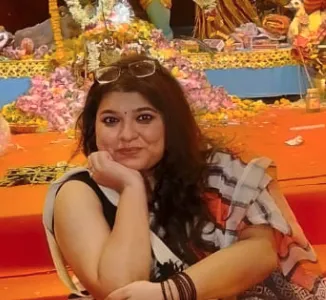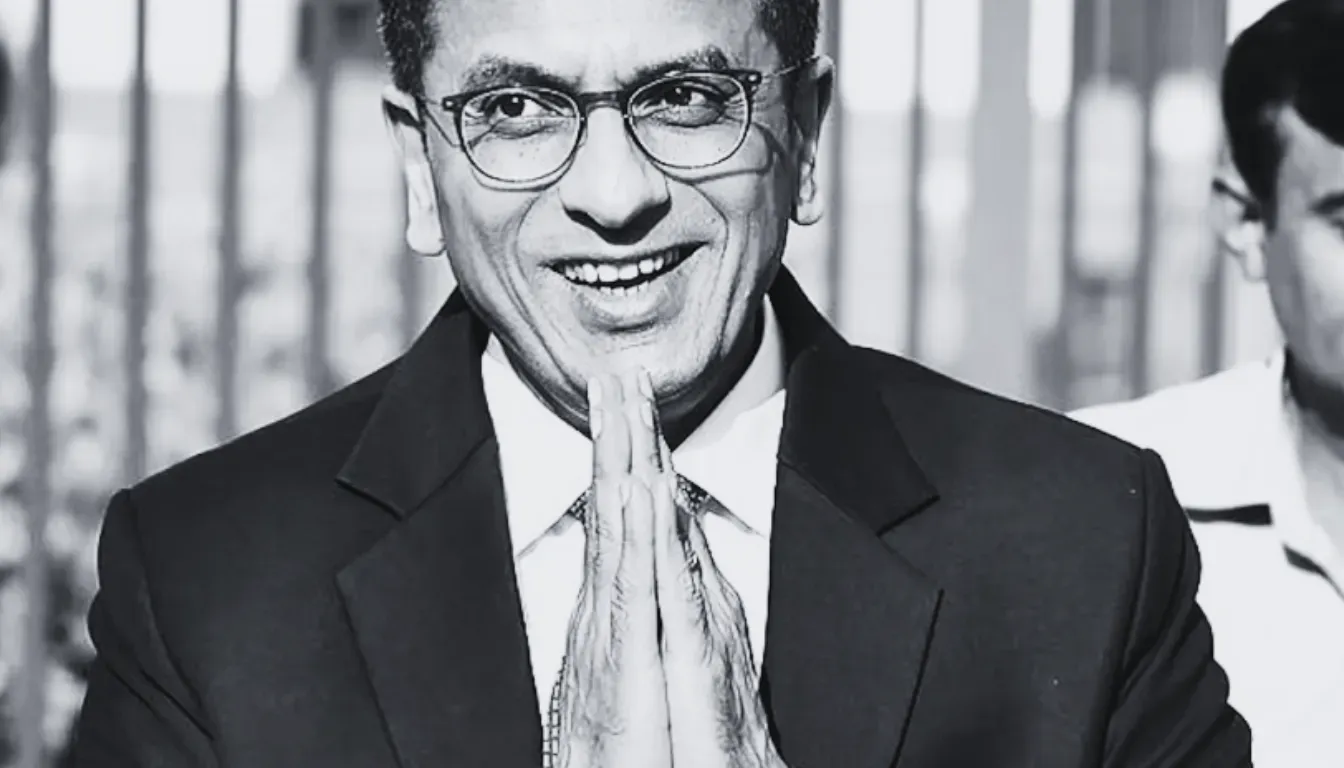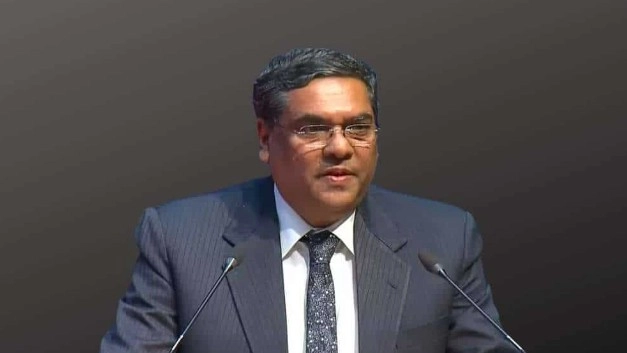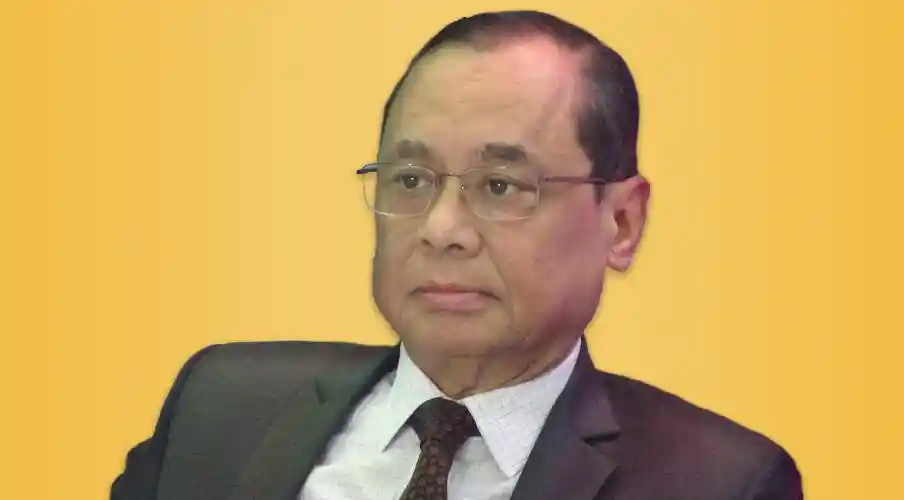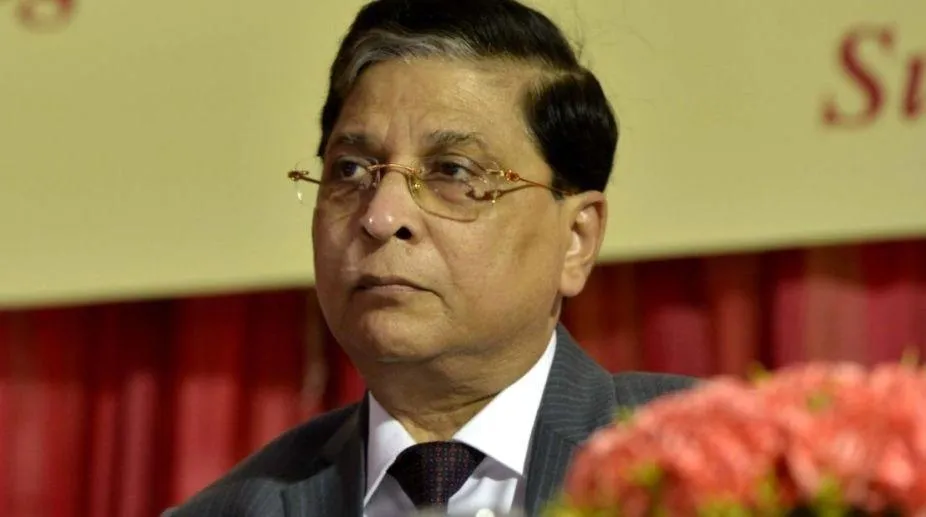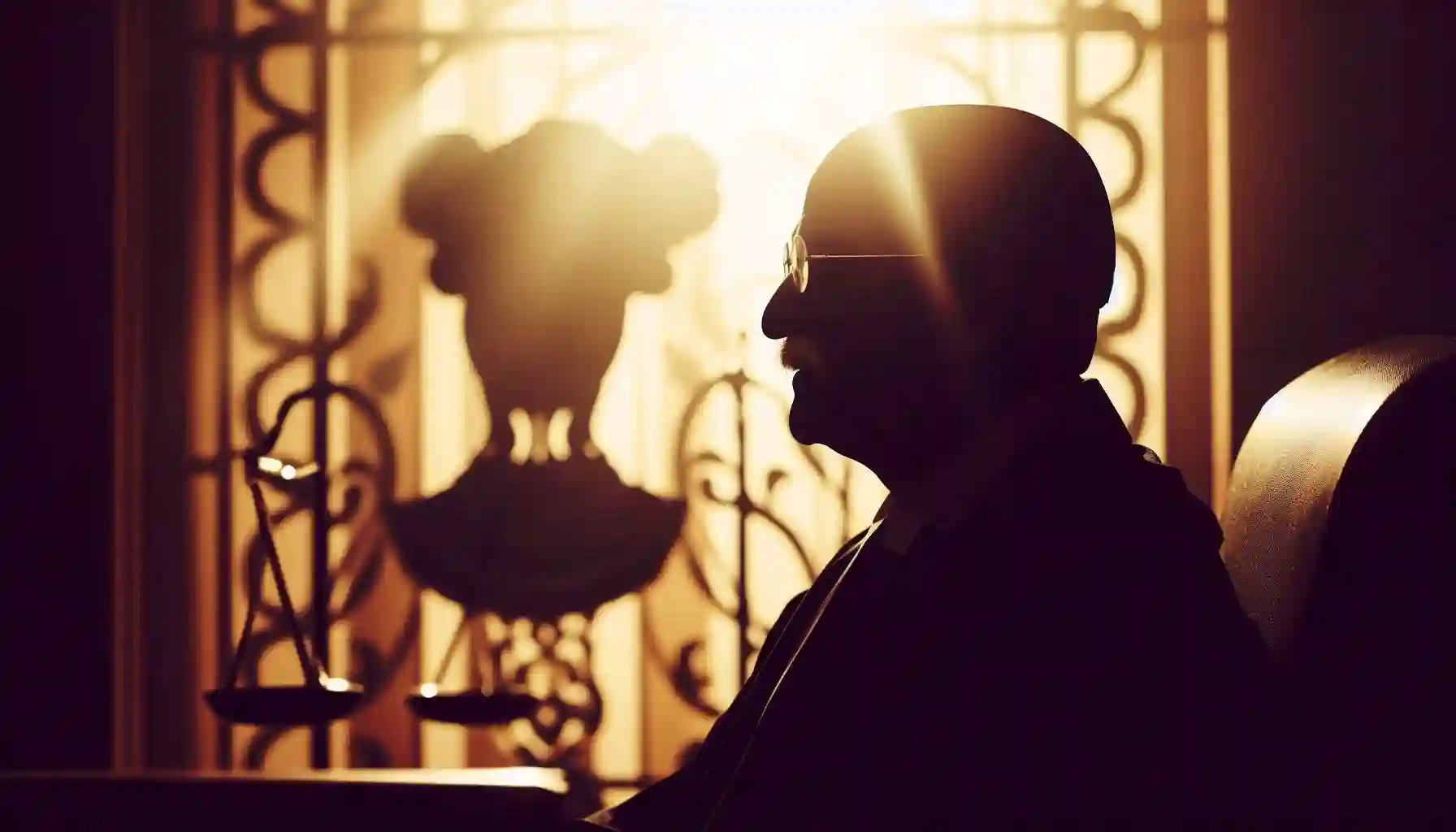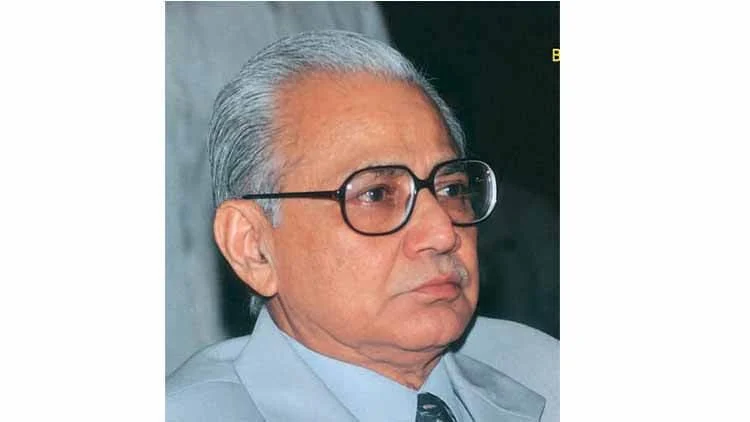The Unyielding Justice - A Glimpse into the Life and Legacy of Konakuppakatil Gopinathan Balakrishnan
“Both advocates and judges have an equal responsibility towards the society. So both deserve equal respect from the people.”
In a courtroom lit by the late afternoon sun, a hush fell as Justice Konakuppakatil Gopinathan Balakrishnan took his seat on the bench.
His presence was striking, not due to his looks or his robes, but because of the deep respect and wisdom he radiated.
That day, a significant case was being heard that could reshape how constitutional rights are understood in India. The courtroom was packed with eager observers and legal experts, all waiting for the decision of a man known for his fairness and integrity.
Justice Balakrishnan, with his sharp gaze and calm demeanour, was well known as a strong defender of justice. His career, marked by important rulings and a constant fight for equality, showed his deep understanding of the law and his dedication to upholding constitutional values.
Early Life and Career
Born on May 12, 1945, in a modest family in Kerala, Konakuppakatil Gopinathan Balakrishnan's journey to becoming a top judge in India was anything but ordinary.
Despite limited resources, he excelled in his studies, driven by a passion for justice and public service. After finishing his early education in Thalayolaparambu, he went to Government High School in Vaikom, walking 5 km each day. He then attended Maharaja's College in Ernakulam for his B.Sc. and later earned his Bachelor of Laws (LL.B.) degree from Government Law College, Ernakulam.
He registered as an advocate with the Kerala Bar Council in 1968 and started practising at the Munsiff's court in Vaikom. He completed his LL.M. in 1971.
advertisement
Personal Life
Justice K.G. Balakrishnan is married to Nirmala Balakrishnan, and together they have three children: a son named Pradeep and two daughters, Sony and Rani. He comes from a large family, with five brothers and two sisters.
One of his younger brothers, K.G. Bhaskaran, worked as a government lawyer in the Kerala High Court, while another brother, K.G. Raju, was honoured with the IAS (Indian Administrative Service) by the Kerala Government and served as the District Collector of Wayanad, Kerala.
Rise to Prominence
As a lawyer, he worked on both criminal and regular cases in the Ernakulam court. In 1973, he got a job as a Munsiff in the Kerala Judicial Services, but he later quit to go back to practicing law at the Kerala High Court. In 1985, he became a judge at the Kerala High Court, and in 1997, he was moved to the Gujarat High Court.
In 1998, he became the Chief Justice of the Gujarat High Court, and in 1999, he took over as the Chief Justice of the High Court of Judicature at Madras. While he was the Chief Justice of the Gujarat High Court, he also filled in as the Acting Governor of Gujarat from January 16, 1999, to March 18, 1999.
He was the big boss and the chairman of the National Legal Service Authority and a member of the council that runs the Gujarat National Law University.
advertisement
June 8th, 2000 was the day he became a judge in the Supreme Court. He took the oath as India's Chief Justice on January 14th, 2007, with then-President A.P.J. Abdul Kalam looking on. He hung up his judge's robes on May 12th, 2010, and since June 7th, 2010, he's been the Chairman of the National Human Rights Commission.
One defining moment of his tenure was the Kesavananda Bharati case in 1973, which established the basic structure doctrine, preventing amendments that alter fundamental aspects of the Constitution.
Although Balakrishnan was not a judge in this case, its principles influenced his judicial philosophy and became a cornerstone of Indian constitutional law.
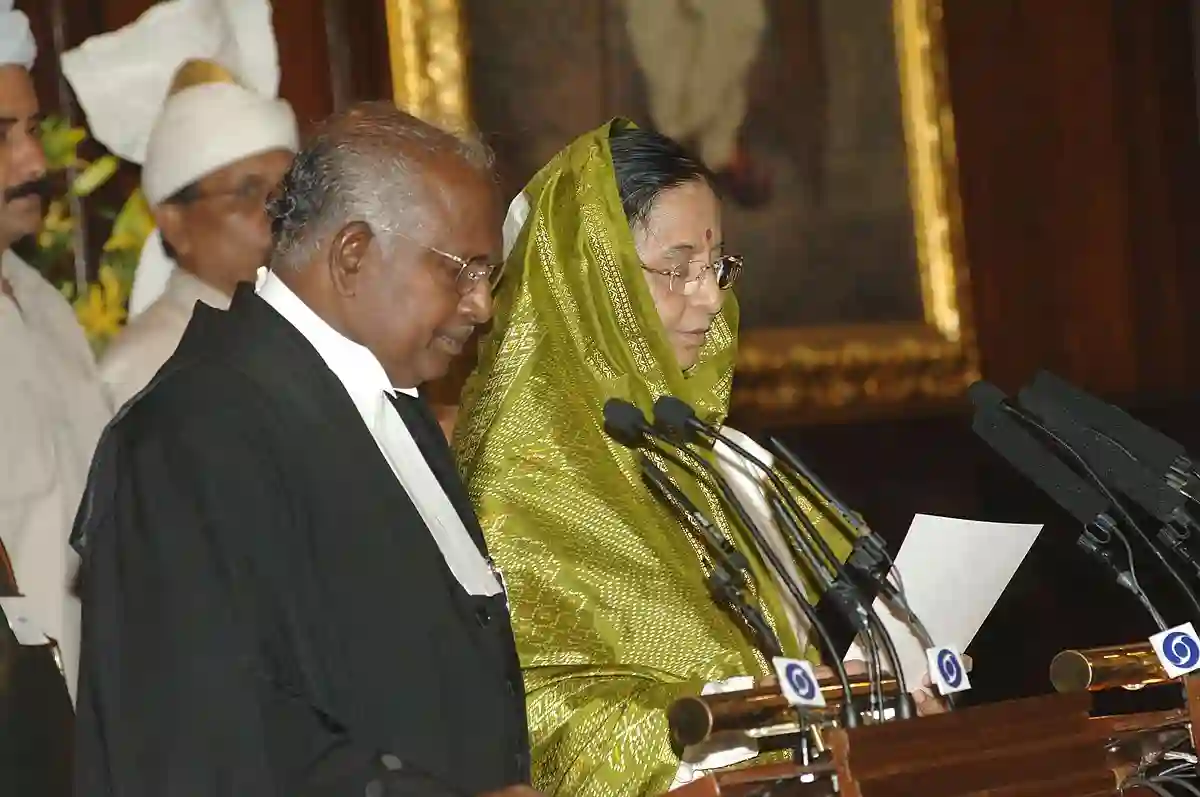
“The Chief Justice of India Shri K.G. Balakrishnan administered the oath of office of the President of India to Smt. Pratibha Patil at a swearing-in ceremony in the central hall of Parliament, in New Delhi“
Source: Wikimedia Commons
advertisement
Key Judgments and Contributions
Justice Balakrishnan's tenure as Chief Justice included several significant judgments:
Sanjay Dutt vs. State of Maharashtra Tr. CBI, Bombay (AIR 2009 SC 1060):
In this case, Sanjay Dutt, a famous actor in Bollywood, was convicted of being involved in the 1993 Mumbai serial blasts. While he was waiting to see if his appeal would succeed, he decided to take his case to the Supreme Court to challenge the elections. This was because his conviction was not yet finalized, meaning the decision could still be overturned.
However, J. Balakrishnan, the judge handling this matter, rejected Dutt's request. The reason for this decision was the seriousness of the crime Dutt was accused of.
The judge took into account the gravity of the 1993 Mumbai explosions, which were major events involving significant harm and loss of life. As a result, Balakrishnan decided that Dutt's request to challenge the elections should not be granted due to the severe nature of the offence he was involved in.
advertisement
Govt.Of A.P. & Ors. vs. M/S Obulapuram Mining. Co. Pvt. Ltd. & Ors. (AIR 2010 SC 733):
Justice K.G. Balakrishnan upheld the judgement of the High Court about the border between the state of Karnataka and the erstwhile state of Andhra Pradesh to be concrete. The case centred on the issue of defining the exact boundary between these two states.
The Supreme Court had previously established a Committee to handle this responsibility. Justice Balakrishnan emphasised the importance of clearly marking the border to prevent disputes and make sure of proper jurisdictional management. In his ruling, Justice Balakrishnan directed that the Committee previously set up by the Supreme Court should continue the finalizing and establishing the border.
He took a decisive step by suspending all mining operations in the disputed area until the boundary was clearly established. This decision was aimed at preventing any illegal mining activities that could occur due to unclear jurisdiction. Furthermore, Justice Balakrishnan issued a stern warning to all parties involved.
He stated that failure to comply with the court’s directive would result in contempt of court. This means that if the mining activities continued or if there was non-compliance with the court's order, those responsible would face legal penalties for disobeying the court.
advertisement
Ashoka Kumar Thakur vs. Union of India & Ors ((2008) 6 SCC 1):
Justice K.G. Balakrishnan led a panel of five judges to evaluate the Mandal Commission's decision regarding reservations for Other Backward Classes (OBCs) in educational institutions. The Mandal Commission had recommended that 27% of seats in educational institutions be reserved for OBCs to help promote social and economic equality.
Justice Balakrishnan's assessment was thorough and fair. He emphasized that the reservation was meant to support those who genuinely needed it, rather than the more privileged or "creamy layer" among the OBCs. His goal was to ensure that the benefits of this reservation policy reached those who were truly disadvantaged.
During his decade on the Supreme Court, Justice Balakrishnan was notably active in handling criminal cases. However, he also dealt with significant matters related to caste-based reservations, elections, and issues of encroachment.
Throughout his tenure, he wrote a total of 219 decisions and participated in 787 bench sittings, demonstrating his extensive involvement and contributions to the legal field. He was known for being polite and open when talking to people, whether they were lawyers or the general public.
He was easy to approach and always ready to listen to different opinions, which helped him build a reputation as a fair and just judge.
advertisement
Celebrating the Honors and Achievements of Justice K.G. Balakrishnan
2007: Appointment as Chief Justice of India
In 2007, Justice K.G. Balakrishnan became the 37th Chief Justice of India, making history as the first person from the Dalit community to hold this prestigious position. His appointment was widely recognized as a landmark moment in Indian judicial history, symbolising progress towards an all-embracing approach and social justice.
2008: Heading the National Judicial Academy
As Chief Justice, Justice Balakrishnan also took on the role of Chairman of the National Judicial Academy, where he played a significant role in shaping the future of judicial education in India. Under his leadership, the academy expanded its programs to better train and prepare judges across the country.
2009: Chairing the National Human Rights Commission
After retiring as Chief Justice in 2010, Justice Balakrishnan was appointed the Chairperson of the National Human Rights Commission (NHRC). During his tenure, he focused on issues related to human rights violations, especially those affecting marginalized communities. His efforts were instrumental in raising awareness and advocating for the protection of human rights across India.
2012: Recognition for Promoting Legal Education
Justice Balakrishnan was honoured for his contributions to legal education and reforms. His emphasis on judicial transparency and accessibility was acknowledged through various spheres, recognizing his efforts to make the Indian legal system more inclusive and responsive to the needs of the common people.
advertisement
2019: Honoured for Social Justice Advocacy
Even after his retirement, Justice Balakrishnan continued to be recognized for his dedication to social justice. In 2019, he was honoured for his advocacy for the rights of marginalised communities and his efforts to promote equality within the legal system.
These achievements show Justice K.G. Balakrishnan's impressive career and lasting impact on the Indian legal system. They reflect his strong commitment to fairness, justice, and making society better for everyone.
Controversy and Criticisms
Despite his achievements, Justice Balakrishnan faced challenges and criticism. Some questioned the pace of judicial reforms and his handling of high profile cases. Balakrishnan responded calmly, emphasising the complexities of the judicial process and the need for a balanced approach to justice.
He also advocated for reforms in the appointment process for judges, aiming for a more transparent and merit based system to enhance the judiciary's efficiency and credibility.
He also faced accusations of being involved in fixing judicial decisions. A former judge Justice PK Shamsuddin claimed that he had been approached by someone trying to influence the outcome of cases during Justice Balakrishnan's tenure.
The ex-judge suggested that this interference could have affected the fairness of the judgments. The allegations further suggested that the son-in-law of Justice Balakrishnan might have been committing financial misconduct and collected an unreasonable amount of assets by the son-in-law, raising concerns about possible corruption or improper conduct.
advertisement
Government's Response in 2013:
- In response to the allegations, the government stated that there was no solid proof of corruption against the former Chief Justice, K.G. Balakrishnan.
- Official investigations did not find evidence that would prove wrongdoing by Balakrishnan.
Current Update in 2024:
- As of 2024, the matter remains a historical point of discussion. There have been no new developments or findings that have come up regarding these allegations.
- The case continues to be a reference point in discussions about judicial accountability and transparency in India, but no new evidence has been presented that changes the earlier conclusions.
Recent Contribution:
Background: For the past 19 years, there have been petitions pending in the Supreme Court regarding whether Dalits who convert to religions other than Sikhism or Buddhism should be granted Scheduled Caste (SC) status. This issue has been a significant legal and social matter in India.
advertisement
Key Developments:
- In 2021: Former Chief Justice of India (CJI) K.G. Balakrishnan was appointed to lead an inquiry commission to address this issue. The commission's task is to investigate whether Dalit converts to other religions should receive SC status, which would affect their access to various benefits and protections.
- 2022 Update: Justice Balakrishnan expressed confidence that the inquiry commission could complete its work within a year. He highlighted the importance of this inquiry in resolving long-standing issues related to caste-based reservations and rights for converted Dalits.
- Current Status: As of 2024, the Supreme Court is awaiting the report from the K.G. Balakrishnan Commission. The court's decision on this matter will be influenced by the findings and recommendations of the commission. The resolution of this issue is eagerly being awaited as it will impact many individuals and communities.
Conclusion
Justice Balakrishnan had a significant role in India's judiciary, marked by both notable achievements and controversies. While he championed judicial reforms and delivered important rulings, he faced criticism and allegations of misconduct, including accusations about influencing cases and financial irregularities involving his family.
Balakrishnan's life story, from his humble beginnings in a Dalit family to becoming Chief Justice, is inspiring. In the face of controversies, it is challenging to determine whether to focus solely on his achievements or consider the allegations against him.
Ultimately, justice demands both recognition of contributions and scrutiny of wrongdoing. We should remember that all individuals, regardless of their status, are subject to both praise for their good deeds and investigation for any misdeeds, reflecting the true essence of justice.
advertisement
Timeline:
- May 12, 1945: Konakuppakatil Gopinathan Balakrishnan was born.
- March 16, 1968: He was admitted to the Bar.
- 1970: He completed his LL.M with first-class honours.
- 1973: He was appointed as a Munsiff in the Kerala Judicial Services.
- September 26, 1985: He was appointed as a Judge of the Kerala High Court.
- November 24, 1997: He was transferred to the Gujarat High Court as a Judge.
- July 16, 1998: He was promoted to Chief Justice of the Gujarat High Court.
- 1999: He became the Chief Justice of the High Court of Judicature at Madras.
- June 8, 2000: He was appointed as a Judge of the Supreme Court of India.
- January 14, 2007: He was appointed Chief Justice of India.
- May 12, 2010: He retired as Chief Justice of India and subsequently took on the role of Chairman of the National Human Rights Commission.
advertisement
References:
- Wikipedia: K. G. Balakrishnan
- Supreme Court Observer: KG Balakrishnan
- Sanjay Dutt vs. State of Maharashtra Tr. CBI, Bombay (AIR 2009 SC 1060)
- Difference Between Creamy Layer Non-Creamy-Layer-OBC
- K.G.Balakrishnan
- D.P. Shrivastava Memorial Lecture
- Ex-CJI-Kin-Bought-Rs-2-Crore-Worth-Property-In-5-Years
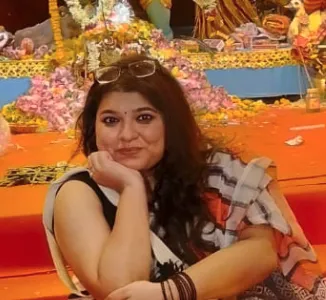
Written by Seersha Chaudhuri
Driven legal professional with a BA LLB and a knack for writing and media reporting. Previously, I’ve crafted legal documents and managed court proceedings at Terkiana PC, focusing on immigration law. I’m also brushing up on my Spanish with Duolingo—learning a new language has never been this fun! Eager to blend my expertise in legal research with my passion for global policy and creative writing. Apart from being a professional, I am a full time lover of fish, dystopian fiction and Brooklyn 99.
advertisement
Further Reading
advertisement
